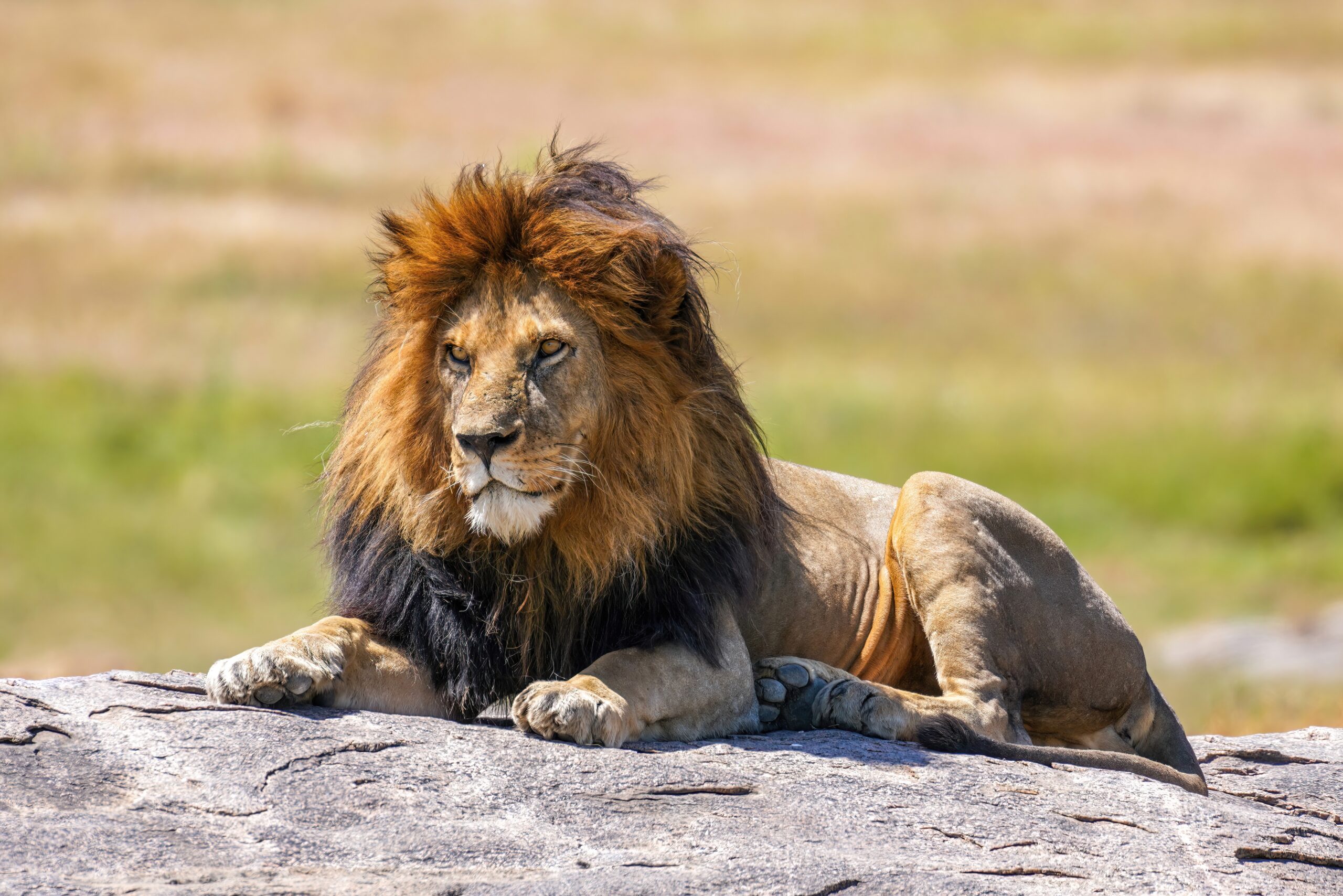Lions are known for their majestic manes, which are one of their most distinct features. The color of a lion’s mane can vary depending on the individual and their age. The mane serves as a symbol of strength and dominance, and plays a crucial role in attracting mates and intimidating rivals.
Male lions typically have manes, while females do not. The mane can range in color from blonde to black, with variations in between. The color of a lion’s mane is determined by genetics, diet, and age, among other factors.
Lion Mane Color
The color of a lion’s mane can be influenced by various factors. Young male lions often have lighter-colored manes, which darken as they age. The mane can also change color depending on the season, with some lions developing darker manes in the winter to provide better insulation.
In general, mane color is believed to be an indicator of a lion’s health and genetic fitness. A darker, more vibrant mane is often associated with a healthier, more dominant lion. This can play a role in attracting mates and establishing dominance within a pride.
Some lions may have variations in mane color, with patches of darker or lighter fur. These variations can be influenced by genetics, environmental factors, and even parasites. Despite these variations, the mane remains an important feature in a lion’s appearance and behavior.
Overall, the color of a lion’s mane is a fascinating aspect of these majestic animals. From blonde to black, the mane serves as a symbol of strength, dominance, and genetic fitness. Whether dark and vibrant or light and patchy, the mane plays a crucial role in a lion’s life and survival in the wild.
In conclusion, the color of a lion’s mane is a complex and intriguing aspect of these magnificent creatures. From genetics to diet, various factors can influence the color of a lion’s mane. Whether blonde, black, or somewhere in between, the mane remains a symbol of strength and dominance in the animal kingdom.
